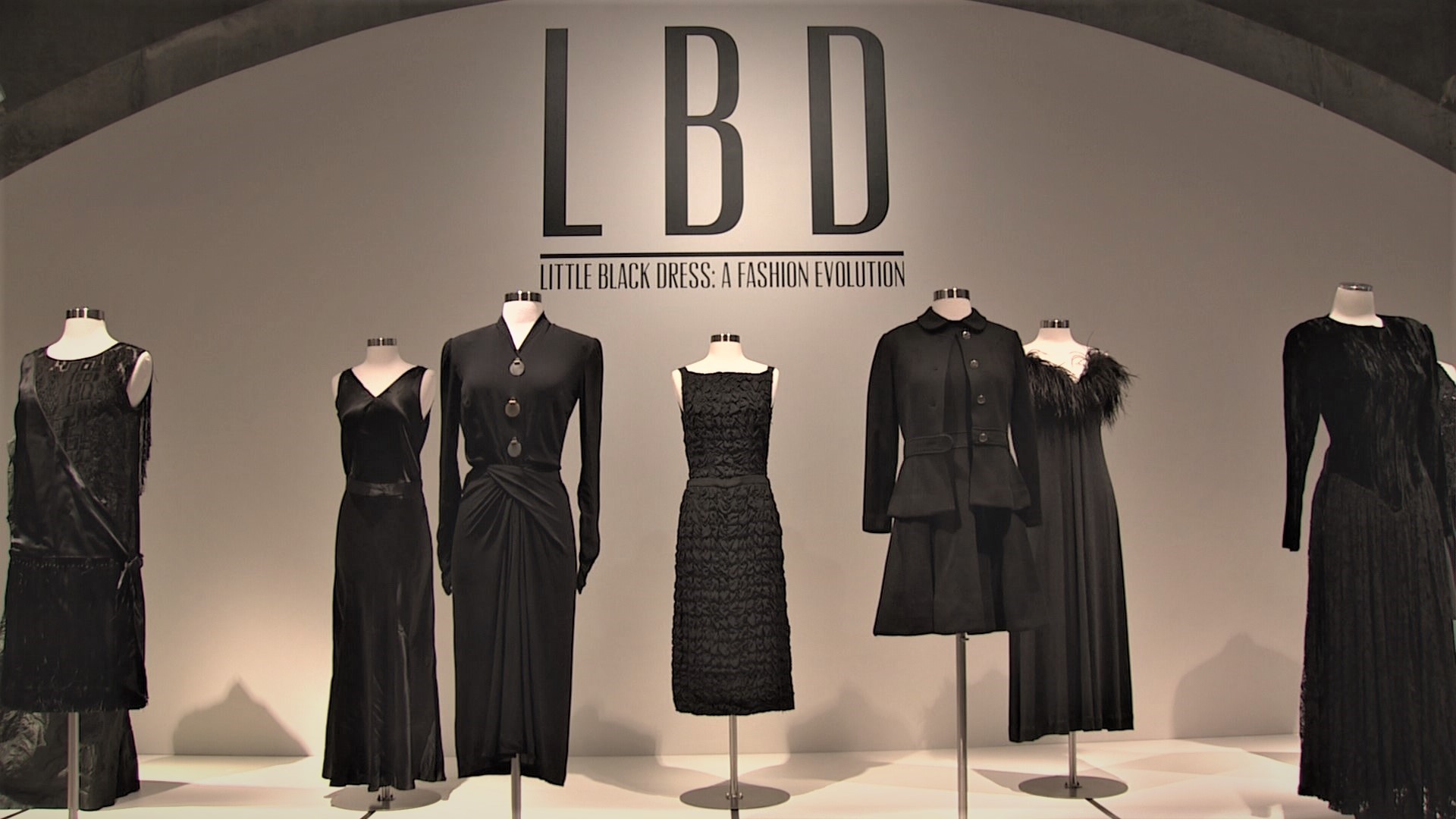The History and Evolution of the Little Black Dress
The little black dress, or LBD, is a timeless and iconic fashion staple that has been worn by women for nearly a century. The history of the LBD can be traced back to the 1920s, when Coco Chanel introduced the world to this simple yet elegant style. Over the years, the LBD has undergone many transformations, but it has remained a wardrobe staple for women of all ages, sizes, and styles.
The origins of the LBD can be traced back to the 1920s, when Coco Chanel introduced a simple, yet elegant style in her collection. The dress was made of black jersey and was designed to be both comfortable and practical. The dress was an instant success, and soon other designers began to create their own versions of the LBD.
During the 1930s and 1940s, Hollywood stars like Greta Garbo and Katharine Hepburn made the LBD a fashion icon. The dress was worn on the big screen and soon became a symbol of glamour and sophistication. In the 1950s, Christian Dior introduced the "New Look" which featured a fitted bodice and a full skirt, which became the iconic silhouette of the LBD.
In the 1960s, the LBD underwent a transformation with the rise of the "mod" and "youth" fashion movements. The dress became shorter, and more fitted, and was worn by young women who wanted to express their individuality. The LBD was also worn by feminist activists who saw the dress as a symbol of empowerment and liberation.
In the 1970s, the LBD continued to evolve with the rise of disco and punk fashion. The dress became even shorter, and was often worn with platform shoes and bold accessories.
In recent years, the LBD has undergone a resurgence in popularity and is worn by women of all ages. The dress is now available in a wide variety of styles, from classic and elegant to trendy and contemporary. Today, the LBD is considered a wardrobe essential, and it can be dressed up or down depending on the occasion.
The little black dress is a timeless and iconic fashion staple that has been worn by women for nearly a century. The dress has undergone many transformations over the years, but it has remained a wardrobe staple for women of all ages, sizes, and styles. Whether you're looking for a classic, elegant, or contemporary style, the LBD is sure to be a versatile and stylish addition to your wardrobe.
In recent years, designers have also started to incorporate sustainable materials and ethical production methods in the making of LBDs, catering to the growing demand for environmentally friendly and socially responsible fashion.
The LBD has also been reinterpreted in different cultures and communities, becoming a versatile piece that can be worn in various ways and occasions, it's not limited to the western idea of a cocktail dress. For example, the Little Black Dress has been adapted in traditional African fabrics and styles, and in eastern cultures, the LBD is often paired with traditional jewelry and headwear.
The LBD has also been a popular choice among celebrities, it's a go-to option for red carpet events and awards shows. From Audrey Hepburn to Rihanna, many celebrities have worn the LBD and made it their own, each adding their own personal touch and style.
In conclusion, the Little Black Dress has a rich and fascinating history, it has evolved over time, and today it continues to adapt to the changing trends and cultural influences. It's a versatile piece that can be worn by anyone, anywhere and at any occasion, whether it's a formal event, a casual day out, or a night on the town, the LBD is sure to make a statement.

